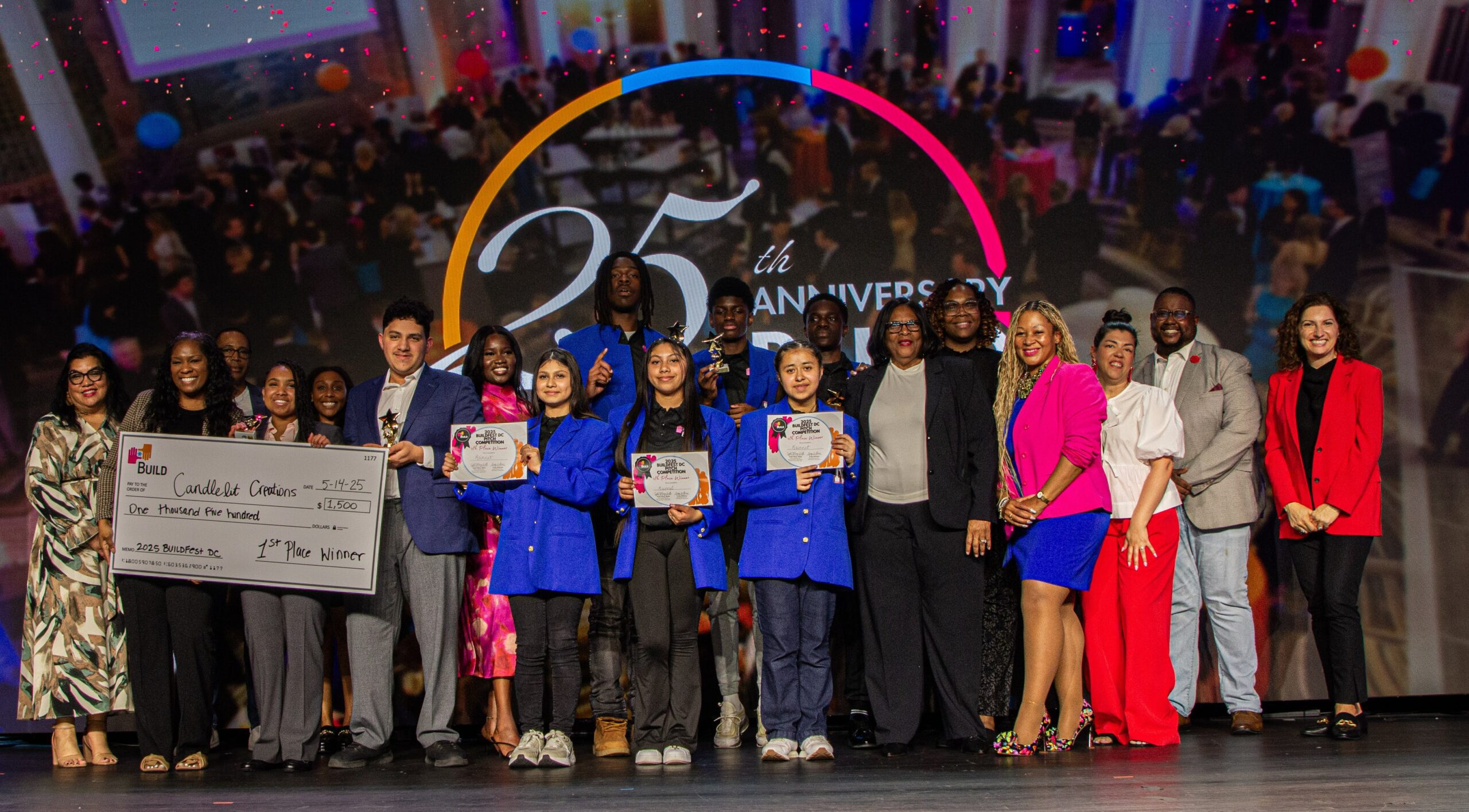Asian American & Pacific Islander Heritage Month (AAPIHM) was established to celebrate the unique identities, experiences, and cultures of AAPI. However, this month is also used to illuminate the challenges of the Asian American and Pacific Islander (AAPI) identity. In this blogpost, you will learn how the hardships of being Asian is affected by intersectional racialization of Black individuals and what you can do, as an ally or community member, to fight anti-Blackness and anti-Asianness.
Intersectional Racialization Of Blacks & Asians
Since the mass enslavement of Africans in America, Black Americans have unjustly suffered oppression, marginalization, and dehumanization. These systematic disadvantages inflicted by skin color also affects other People of Color (POC). Even though there are unique challenges and discrimination to each race, it’s highly important to recognize and challenge anti-Blackness. The Black American community has paved the way for more and improved rights for all marginalized identities in addition to them having a long history of systematic inequity and oppression. As such, by tackling anti-Blackness, these structures that disadvantage other POC will also be challenged.

So how does all of this affect Asian Americans? The same structures that enforce anti-Blackness also enforces anti-Asianness. One of the most prominent examples is The Model Minority Myth. The Myth wrongfully and purposely labels Asians as the “model minority,” a successful racial group. Furthermore, the Myth pits Asians against other POC and it’s used to wrongfully argue that there are no racial disadvantages or barriers for POC in achieving socioeconomic success or well-being (Chan 2021).
Furthermore, since the Black community is the leader in establishing civil equality and equity, the Myth uses Asians as a tool to silence Black power and criticisms toward white institutions. This creates a Racial Triangulation where whites define what it means to be Asian or Black in contrast to each other and whiteness (Kim 1999). In the chart, the racialization of Asians show that although they will have more socioeconomic advantages and “social superiority” compared to their Black peers, they are still denied acceptance into American society due to their foreigner perception.
What You Can Do Now - Stop Asian Hate
At BUILD, our vision is to have a world where all students—regardless of race, socioeconomic status, or neighborhood— develop the skills and connections needed to achieve economic power and freedom. Therefore, we believe in learning about what perpetuates these socioeconomic and racial disadvantages.
Henceforth, here are some ways you can use the knowledge you have gained here to combat anti-Blackness and anti-Asianness. However, the fight should not be limited to anti-Blackness and anti-Asianness, we need to always fight against racism and discrimination.

Hold open conversations
Talk to your peers and family about what you’ve learned and how our society can create more justice or equity for Asians and or Blacks.

Attend organization events
Take part in organizational events or rallies hosted by Asian or Black communities. You can also help spread awareness of these events.

Listen to Asian & Black voices
Seek out Asian and or Black podcasts, books, blogs, and other mediums to hear about their experiences or opinions to educate yourself more.







